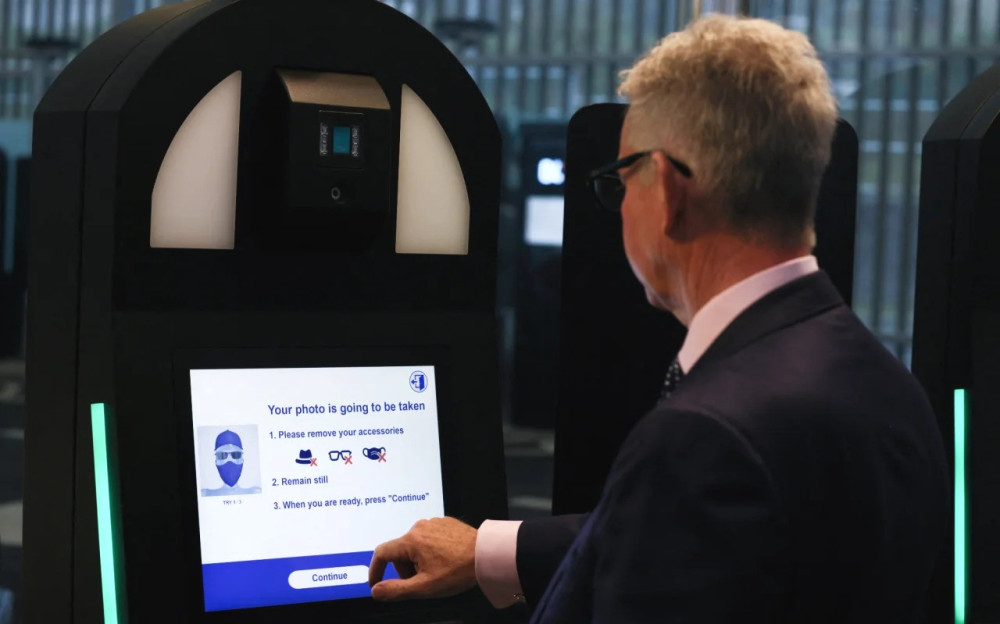New Border Crossing Regulations in the EU: Key Information
Starting from October 12, the European Union is implementing a new biometric control system (EES) at the external borders of its member states. These changes primarily affect citizens of third countries, including Ukraine. This was emphasized by the State Border Guard Service.
What’s new in the EU entry rules?
The EES system will be introduced gradually at the borders with Poland, Slovakia, Hungary, and Romania.
«This system will apply to all citizens of third countries (including Ukraine) crossing the borders of the Schengen zone for short stays (up to 90 days within a 180-day period)», the State Border Guard Service stated.
Once the EES is activated, upon first entry into the Schengen zone, individuals must undergo an enhanced registration process, which includes collecting biometric data - facial images and four fingerprints.
However, subsequent border crossings are expected to be faster as biometric data will be verified against existing digital information, and the system will automatically record the date, time, and place of entry/exit.
What is the EES system and how does it function?
Changes in border crossing rules for Ukrainians in 2025.
The EES entry and exit system is being implemented not only in EU member states but also in Schengen Area countries such as Iceland, Liechtenstein, Norway, and Switzerland. Cyprus and Ireland, despite being part of the EU, will not join the EES system.
The system will eliminate traditional passport control with stamping. Instead, the registration of travelers will be automated through self-service terminals, similar to those used in airports for boarding pass checks.
Whenever travelers cross the border - in either direction - they will scan their passports or other travel documents. The EES will capture personal information, including biometric parameters, name, date, and place of border crossing. This implies the exclusive use of biometric documents for border crossing.
The procedure for scanning faces and fingerprints will occur once every three years. The collected data will be valid for multiple trips during this period and will be stored in an electronic database for three years after each journey.

